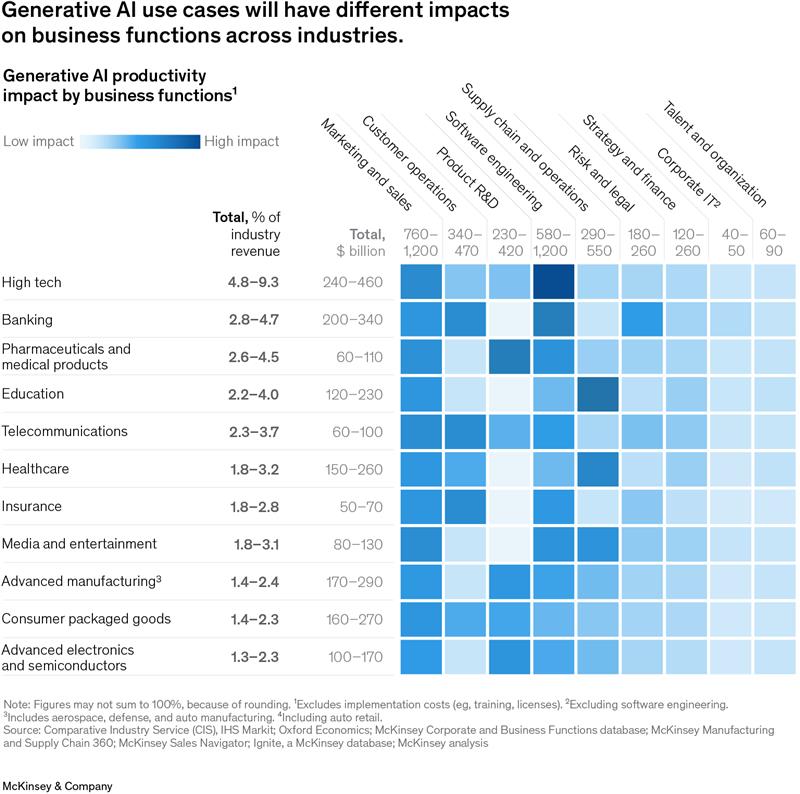What new revenue streams are gaining traction in apps beyond ads:
In 2025, the mobile app ecosystem will have undergone a fast transformation in being no longer dependent on the advertising revenue, but with a diversified portfolio of monetization schemes. Such dynamic change is driven by evolving consumer preferences, technological advancement as well as the increased competition in the app marketplaces. The innovative developers are implementing hybrid monetization strategies that combine subscriptions, microtransactions, NFTs, affiliate marketing and community-based sources of revenue, building sustainable and scalable business models that aim at maximising revenue and focus on the user experience.
The State of Traditional Advertising and the Need for New Revenue Models
The mobile apps have historically monetised through advertising which has brought in billions in revenues on a yearly basis. Nevertheless, the situation is changing with an increase of the user sensitivity to the ad and app store competition. Therefore, numerous apps currently complement or even substitute advertisement income with other monetization strategies, providing a better balanced revenue system. The use of in-app purchases and subscription plans alongside adverts has become the norm in the industry and not an exception.
Subscriptions: Building Recurring Revenue and Customer Loyalty
The subscription business has become a workhorse of the app monetization strategy, especially within the entertainment, wellness, productivity and news industries. These types of models provide foreseeable, repeated revenue and emulate customer levels and faithfulness by quality or special content and experiences. Unlimited plans in 2025 will be more individualised and flexible, like tier pricing, geographical rates, and free trials, will address the needs of different users in different geographical regions.
Netflix and Spotify services are examples of how subscriptions enhance the long-term relationship and constant regular revenue. Moreover, lots of applications balance subscription services with freemiums on the ad-supported model, which boosts both accessibility and monetization.
Microtransactions: Small Purchases, High Engagement
Microtransactions, in which users can continually pay small amounts to access virtual assets, premium features, or even experiences, have long been used in the gaming industry but are increasingly being applied to lifestyle, education, and wellness apps. The resulting effect of these small transactions is that they increase the number of revenue touchpoints, which drives revenue maximisation per-user without necessarily incurring high initial costs, thus reducing the threshold to user participation.
AI and data analytics help smart app developers tighten prices, offer personalisation, and prevent negative perceptions of paying to win to ensure game balance and long-term user interactions. Gamification and dynamic content delivery make the process of engagement between users more engaging due to the nature of microtransactions.
NFTs and Blockchain Utilities: Unlocking New Monetization Paradigms
Introducing a digital model of ownership, Non-Fungible Tokens (NFTs), which are run on blockchain, offer revolutionary approaches to the monetization of mobile applications. NFTs are unique online items like collectibles, badges, exclusive access tokens that can be purchased, sold or exchanged by users, providing an increase in the utility of the app and the loyalty of its users.
By 2025, using NFTs as collectibles and as components of the access control, loyalty programs, and community connectivity is accessible in apps, particularly in the fitness, games, and creator economy apps. Nevertheless, effective implementation of NFTs presupposes breaking the challenges associated with educating users, the totally integrated environment, and the ability to preserve the main value proposal without making the use of the tool more complicated.
Affiliate Marketing and Referral Programs: Performance-Based Revenue Growth
Affiliate and referral marketing provide apps with revenue opportunities by promoting third-party products or services that align with the app’s content or audience interests. Better suited for niche or content-rich applications, such as review items, travel guides, and marketplaces, the programmes allow developers to earn commissions on conversions, providing a low-cost and synergistic revenue stream. The obstacles are the inability to control the quality of conversion and reliance on affiliates.
Crowdfunding and Social Gifting: Harnessing Community Support
Crowdfunding is a capital acquisition structure that involves acquiring small amounts of funds over a wide base of people, typically via internet platforms, to finance projects, creative endeavours or even business ventures. This will enable the application developers and creators to acquire funding sources directly within their line of users and supporters, bypassing the traditional investment processes. The social giving construct, which is its counterparty, allows users to voluntarily give or redistribute money towards the creators of an application or common goals, encouraging shared purpose and loyalty.
Crowdfunding and social-gifting models are increasingly being used as revenue generators by applications which are sufficiently endowed with community or social-impact missions. These will be discretionary gifts providing the necessary financial support that will support application development or content creation without despising user interaction and loyalty due to its orientation to the shared objectives. The sources of revenue that are community-oriented are common among independent games, non-profit organisations, wellness applications, and creator-focused platforms. In comparison with traditional income models, which are more predictable, crowdfunding and social gifting make users more active and are often associated with the formation of highly loyal and passionate user groups.
Hybrid Monetization: The Gold Standard
In 2025, none of the monetization strategies can work on its own. Effective applications utilize hybrid business models to include subscriptions, microtransactions, NFTs, advertising, affiliate marketing, and community support, which share revenue risks and attract a wide range of users. Such a strategic overlay has been used to make sure that this offers flexibility and optimizes reach and lifetime value.
The Role of AI and Analytics in Monetization Optimization
The new tools of advanced AI and machine-learning enable developers of the apps to customise monetization at scale. Through user behaviour analysis, pricing optimisation, churn prediction and audience segmentation, AI will enable personalised dynamic offers that appeal to individual users, increasing their conversion rates and retention without at all diluting the user experience. These lessons are critical in the operation of multi-layered hybrid monetization.
Challenges in Evolving Monetization Models
Even though it has potential, app monetization in 2025 can encounter major challenges such as stricter privacy laws (including GDPR, iOS tracking policies), fragmented payment infrastructure between markets, customer resistance to obtrusive monetization strategies, and technical issues of connecting blockchain and NFTs.There is a fine line between keeping the user experience friction free and innovation in monetization.
Key Performance Metrics for Monetization Success
In order to achieve sustainable growth, core KPIs, which include Average Revenue Per User (ARPU), Lifetime Value (LTV), conversions rates, churn rate, retention rate, and advertisement performance need to be carefully monitored by the app developers. Information-guided cyclical enhancements formed on such analytics allow refined monetization plans selected in line with user satisfaction.
Conclusion
By 2026, mobile app monetization will be characterised by exciting the various forms of diversification beyond advertising. With successful incorporation of subscriptions, microtransactions, NFTs, affiliate marketing, and community-based models, with the assistance of AI-driven personalisation and data analytics can create dependable, multi-carbon revenue streams using apps. The management must be agile and user friendly in this dynamic market given the changing conditions in the market will be vital in seizing opportunities and maintaining competitive advantage.




